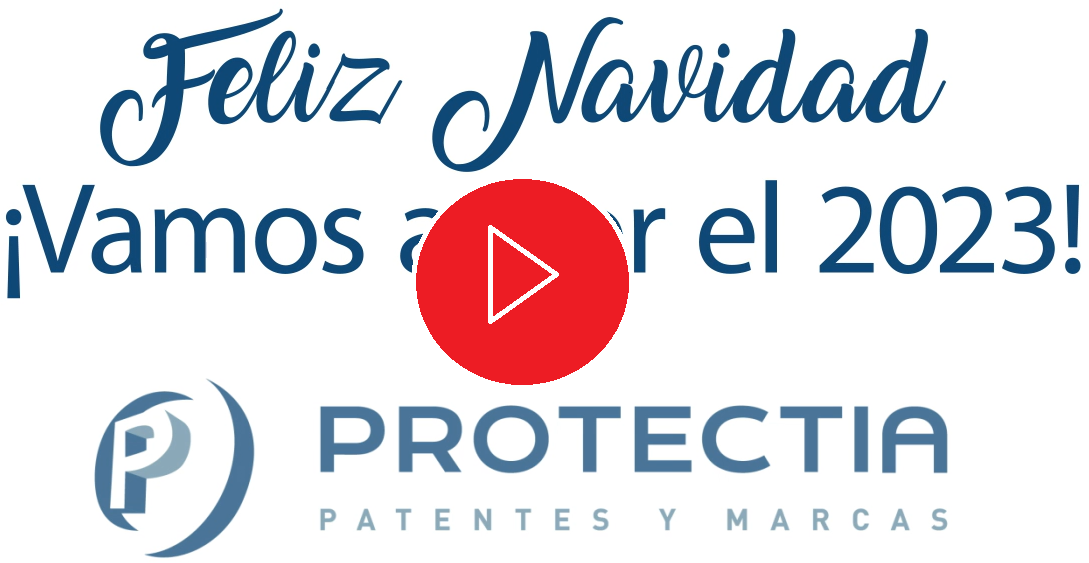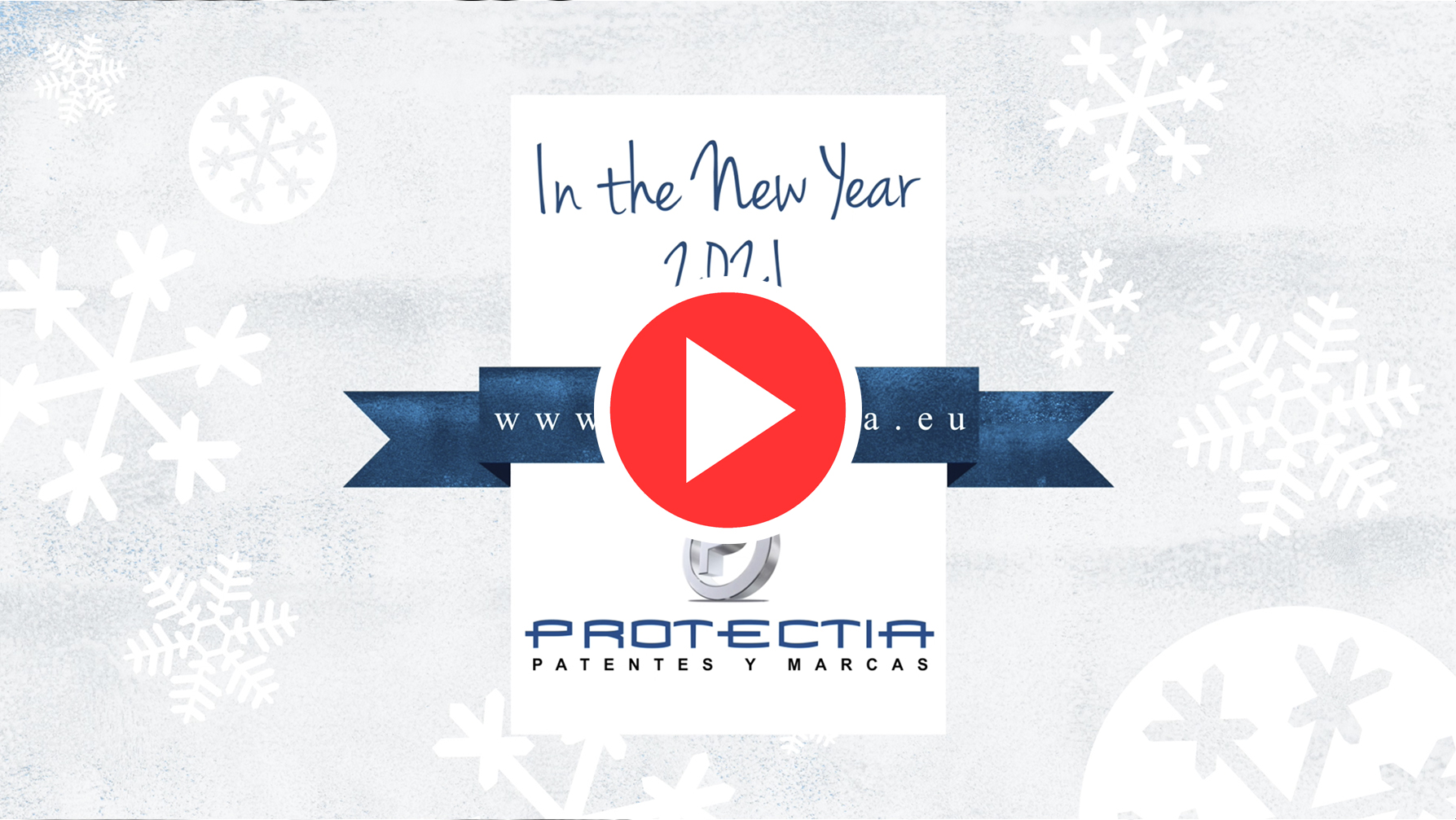Often, a large number of clients and contacts asks us our opinion about the proper protection of their inventions. In this scenario, the inventors also want to know under which conditions and what kind of information should be provided in order to receive our professional point of view.
In the following lines, we intend to provide general information to give guidance to those who are in this situation. Note that this preliminary assessment is completely free, as a sign of gratitude for the confidence in Protectia.
Is my invention patentable? Confidentiality.
UA point of particular concern for the inventor is the confidentiality of his invention. In this regard, it has to be noted that any information provided to Protectia, as Official Industrial Property Agency, remains under seal as established in the regulation of the association of IP Agents, the Royal Decree 397/2006 which regulates the Spanish Patent and Ttrademark Office, under Patent Law 11/1986.
Even so, we do not have any inconvenience to sign a confidentiality agreement if this means more relief for the interested party.
Is my invention patentable?required information.
 In order to provide a correct opinion we need to know the real interests of the client and what actually the invention is about. Thereby we can be able to evaluate if its protection is viable and, if this is the case, evaluate the best way to do it.
In order to provide a correct opinion we need to know the real interests of the client and what actually the invention is about. Thereby we can be able to evaluate if its protection is viable and, if this is the case, evaluate the best way to do it.
Essentially what we evaluate is whether the invention meets the requirements demanded for the registration of inventions, which essentially are: novelty and inventive step.
You can provide us with the information about the invention in a face-to-face meeting or through a simple email with a brief explanation of what the invention is, in which parts improves the already known and how you got to this solution, considering that this information is usually sufficient to offer a first assessment. Some explanatory figures that support the description is usually helpful. Freehand sketches, drawings or photographs will be sufficient to help the understanding.
Finally, is worth noting that, a common doubt presented by inventors is whether they need or not to realize an embodiment or a prototype of the invention; the answer is NO.
It may be advisable for a logical reason, but it is not essential. In fact, if there is enough matter and the technical solution to patent is already outlined, avoid the temptation of appropriation or copying by third parties and generate an expectation of early right to the invention. In fact this is the modus operandi of many of our clients who subsequently tests, improves or sells their invention.
Would you like to know if is your invention patentable?



